Around Cusco, a.k.a. EL BOLETO TURISTICO
- asiaquentin
- 5 mars 2018
- 6 min de lecture
Despite of the first difficult days for Asia and Godo (altitude sickness), we’ve decided to buy Boleto Turistico right away, so that we could visit the most before Maité’s departure. This ten days pass allows visiting 16 archeological sites in and around city (for details please click here). Machu Picchu is unfortunately not included.

Although we decided not to visit the flagship monument of the entire South American continent (price-organization-crowd-rainy season), we were definitely not bored with our ten-day ticket.
We’ve started off by visiting Sacsayhuamán (pronunciation is really close to “sexy woman”), the ruins to whom you can climb up directly from Plaza de Armas (the main square). At the site, we took a guide, what’s more, he was a fluent French speaker (so I guess that it won’t be hard to find somebody who speaks English). The guides are waiting for tourists at the entrance to each of the archaeological parks. Don’t hesitate to bargain about the price of the trip: without a problem we’ve managed to get off from 50 to 30 soles for 1h30 guided tour.
And having someone, who can explain what exactly do you have in front of your eyes, as well as how and why it was built, really helps to better understand, cause often there’s not much than few stones left. By the way, that was the only site where we took a guide- with all the information we’ve got from him plus infos from the paper guide as a backup, enabled us to visit other monuments alone without losing too much informations (or so we think).
The same day, we wanted to continue to the temple of Qenko, located a few minutes’ walk up north from Sacsayhuamán. It is a partly underground temple dedicated to the god Snake... But we’ve got caught by the rain, so we’ve visited a small local restaurant located between the two temples instead. We’ve enjoyed a hot menu for 7 soles: vegetables-and-weird-meat soup and classic dish of chicken with rice and a glass of "refresco" (non-alcoholic drink, but up until now we don’t have the slightest idea of its ingredients).
On our way back we’ve strolled in the city center where a huge craft market was taking place. That’s where we’ve met Herberth, a painter who makes incredible watercolors paintings!
We’ve met up with him few days later in his small neighborhood, located near the Qenko site. At the beginning he showed us a little bit around. If it wasn’t for him, we wouldn’t probably see the temples of the Monkey and of the Moon (they are off tourist trails and it’s a nice afternoon hike). 40 minutes walk from Plaza de Armas and you find yourself in the countryside.

Later, we’ve went to his workshop, which turned out to be an Ali Baba’s cave of 5m2 surface: paintings hanging from everywhere and piling up on every flat surface. We’ve got a little crazy, since we’ve came out from there with 7 paintings (so almost 2 paintings per person, but we’ve higgled a lot… and 2 of the paintings were "offered" in exchange for a shipment of Arches paper specialized for Watercolor and impossible to found in Peru. Now Maité tries to send it to him, but since France is paralyzed by snow, it might take some time…). An excursion to Moray, Maras salterns and Chinchero.
To see all of the archeological sites away from Cusco we were taking taxis. Since we were four to split the bill, it turned up to be more or less the same price (and more comfortable) that to go there by public buses. It’s worth mentioning that is was way cheaper than organized tours, where you’re squeezed with at least 25 people… and you can visit at your own pace. The biggest advantage is that the taxi can stop near to the entrance and will wait (in the reasonable limits of course) while you do your sightseeing. You just have to hail a taxi in Cusco and ask will it be willing to do such a trip. When you get near the bus terminal there’s a chance that drivers will offer you that kind of service themselves (when there’s no official scale of charges presented, it’s normal to haggle). The tree sites are really close one to another, so it’s advisable to visit them on a day-long trip:
Moray is an impressive place, no wonder since it’s an Inca agricultural laboratory. Circular terraces make it possible to create different micro-climates (with a difference of 15 degrees Celsius between the top and the bottom ones). According to the taxi driver, "emissaries" from the different regions of Inca empire (at the most glorious moment, that included lands from northern part of Chile up to present-day Colombia) brought samples of local soil in order to carry out researches on the crops. The site is composed of 3 groups of circular terraces.
According to the guide that we’ve overheard there, the base for the construction of these terraces were craters created by the meteorites, take it for what it's worth, because apparently each guide has its own theory.
Later we’ve went by a mountain track to visit the salterns. It’s a tangle of basins on the mountainside that is supposed to date back to Inca Empire as well. The site in run by a cooperative of families that works on salt extraction. During your visit you will surely see some guys carrying huge bags of salt. The entrance on this site is not included in the Boleto Turistico (and the ticket costs 10 soles), but at least officially the money goes to the workers.
We’ve finished the day in Chinchero, a village known for its textile crafts and a colonial church. This church is worth of seeing due to the fact that it was built on top of some Inca structures. Here, as in Cusco and many other places, Conquistadors disassembled Incas constructions to use the stones (and fundaments) to build their own buildings. The other reason to visit the church are the paintings and frescoes in the Cuscenian Baroque style that covers the inside walls of the church (for Asia much more beautiful than its European version).
A small anecdote: it's been over thirty years since the cornerstone of the Chinchero International Airport (Cusco) was put, but up to this date nothing more happened. Politicians and presidents come before each elections re-promising construction launch, but without any following up.
Peru is a country with very centralized power. With all influence that Lima has, the entire budget remains there (you can see it even better in the North of the country). And if an international airport was built in Cusco, not many tourists would do the stopovers in Lima. It’s that simple. Pisac: simply grandiose.
The most incredible site we’ve visited in this area. We paid 35 soles for a one-way trip by taxi. The driver dropped us at the entrance at the top of the mountain, but it is also possible to climb up from the other side, from the village of Pisac. The second option is for those who would classify themselves as fit people: going down on that way took us more than 2 hours (but we took our time and 2000 photos), although the climb may turn out to be pretty rude...
One of the most beautiful hikes we’ve done in ours lives! The views were just exceptional: there are many temples and other ruins, passages on the edges of slippery mountains tops, tunnels carved in stone, paths on the cliffs and stairs worthy of being featured in the Lords of Rings saga. Long story short, that trek was just amazing!
There is only one question that stays in your head: how the hell did they found the motivation and strength to bring all these well pruned stones up to here...
Tipón, located half an hour ride from Cusco (in Puno direction). These large agricultural terraces are irrigated by a network of water channels fed by a natural source. This site is on the list of historical achievements in civil engineering. It is as well one of the world’s largest structures for terrace irrigation, with a large network of open water channels. As for the moment, the site needs to be searched more meticulously.
Ollantaytambo, it’s an impressive Inca fortress whose name means "the place of Ollantay", named after a brave general who ruled this fort. It was the area of the Inca resistance after the fall of Cusco and of fierce battles between Incas and Spaniards during throughout the conquest. Ollantay is also the character of a poem that would have been written before the arrival of the Europeans and tells the love story of this formidable warrior of plebeian origin and the daughter of the Inca emperor. For the curious, here version translated from Quechua in Spanish
In Cusco, there are also many museums to visit, not really that impressive, but well… they come with the boleto turistico package... except for this one, ultra cool museum: the Chocolate Museum. In fact it's just a shop but these bastards offered us free chocolate tasting... And at the end of you just NEED to buy some!

















































































































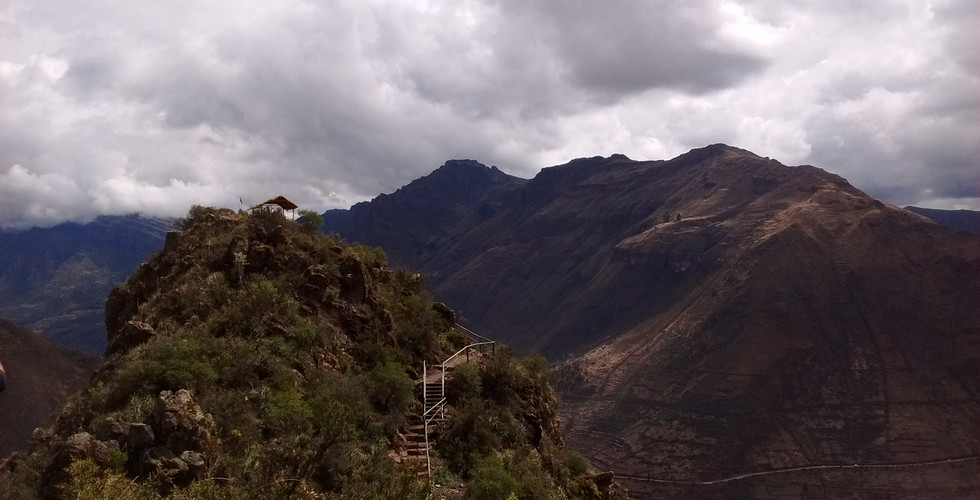









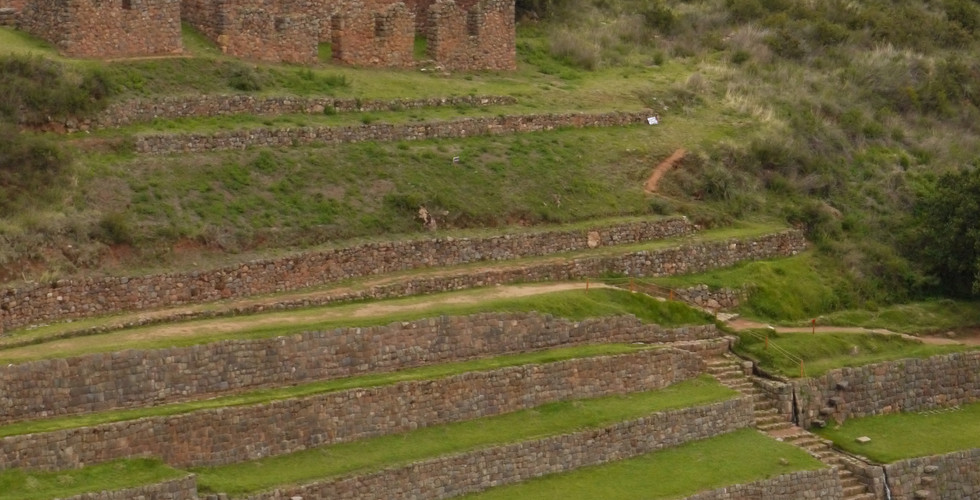



























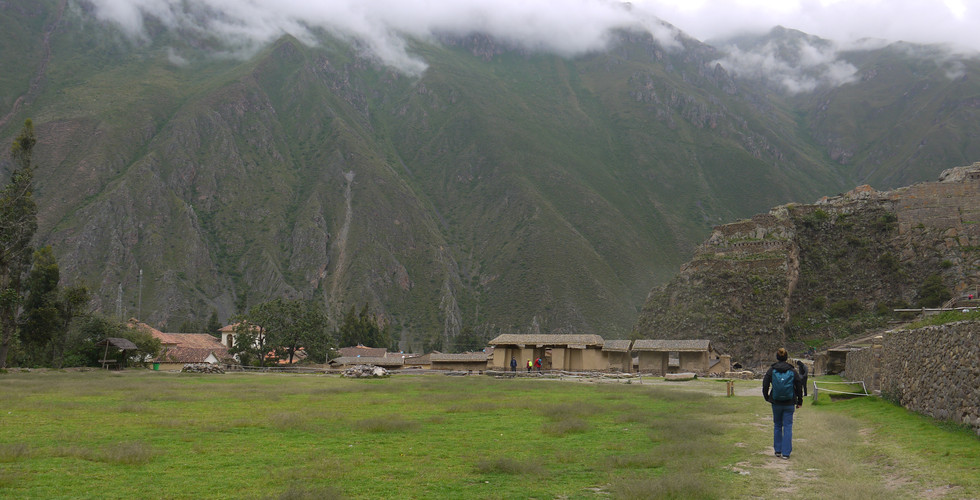




















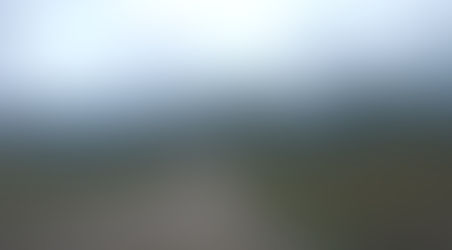





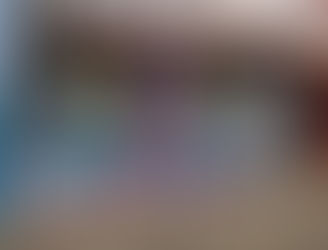









Commentaires